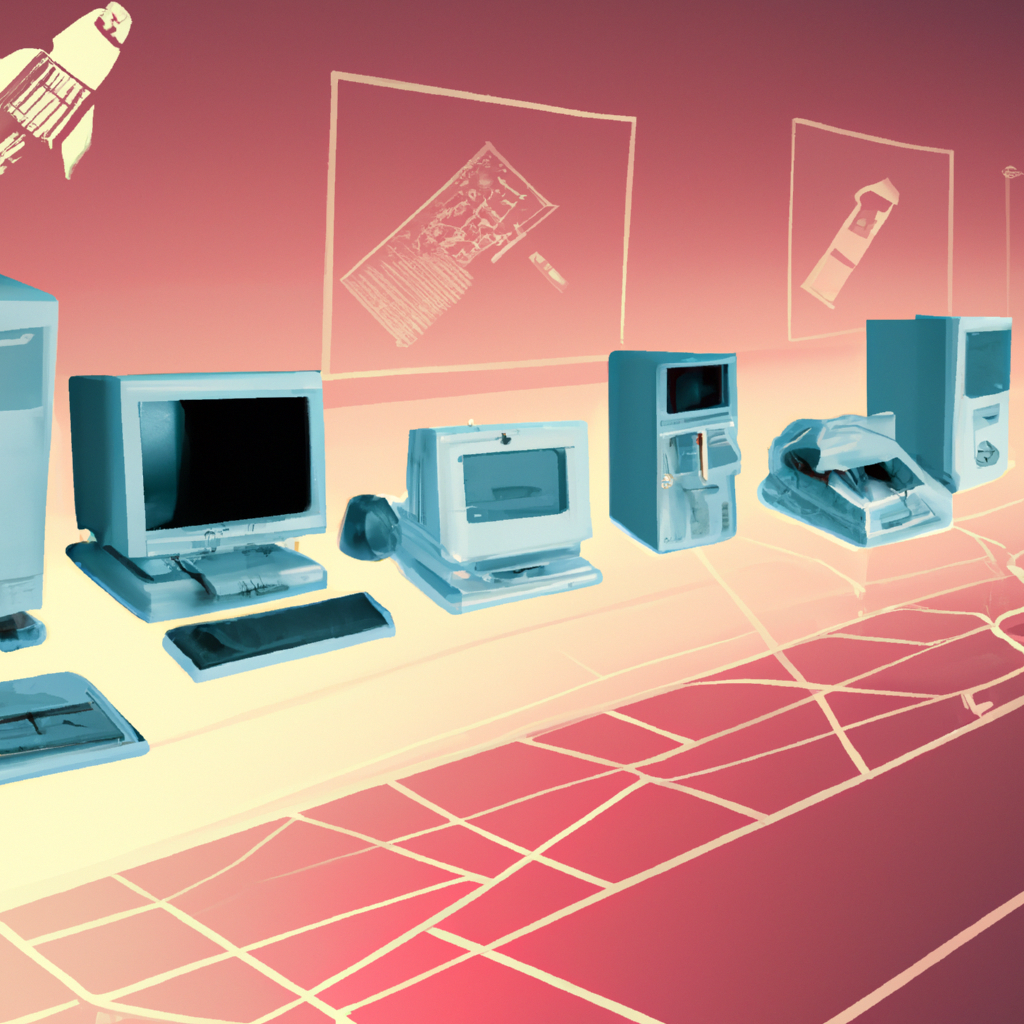Revolutionizing the World: The Evolution of Personal Computers from 1970 to 2025
The digital landscape has undergone an immense transformation since the introduction of the first personal computers in the early 1970s. This article explores the pivotal developments in personal computing technology, highlighting significant milestones that have shaped our current technological environment.
The Dawn of Personal Computing
In the early 1970s, the personal computer (PC) was a nascent concept, largely inaccessible to the general public. The introduction of computers like the Altair 8800 in 1975 and the Apple I in 1976 democratized computing, setting the stage for widespread technological adoption.
The Rise of Home Computing
By the 1980s, companies like IBM and Apple were revolutionizing the market with the IBM PC (1981) and the Apple Macintosh (1984). These computers introduced graphical user interfaces (GUI) and peripherals like the mouse, making them more user-friendly.
The Internet and Mobility Era
The 1990s ushered in the era of internet connectivity, transforming PCs from standalone units into gateways of global information. The introduction of Windows 95, which offered enhanced networking capabilities, and the advent of affordable laptops like the Toshiba T1000, made computers both more powerful and portable.
21st Century Innovations
The 2000s saw the rise of mobile computing, with laptops becoming slimmer and more powerful. The introduction of ultrabooks in 2011 and the continuous enhancements in processor technology have made PCs more efficient and versatile. As of 2025, quantum computing and AI integrations are setting new benchmarks in personal computing capabilities.
Looking Forward
The journey of personal computers is far from over. With advancements in AI, quantum computing, and sustainable technology, the future of personal computing looks promising, continuing to shape our digital and real-world experiences.






